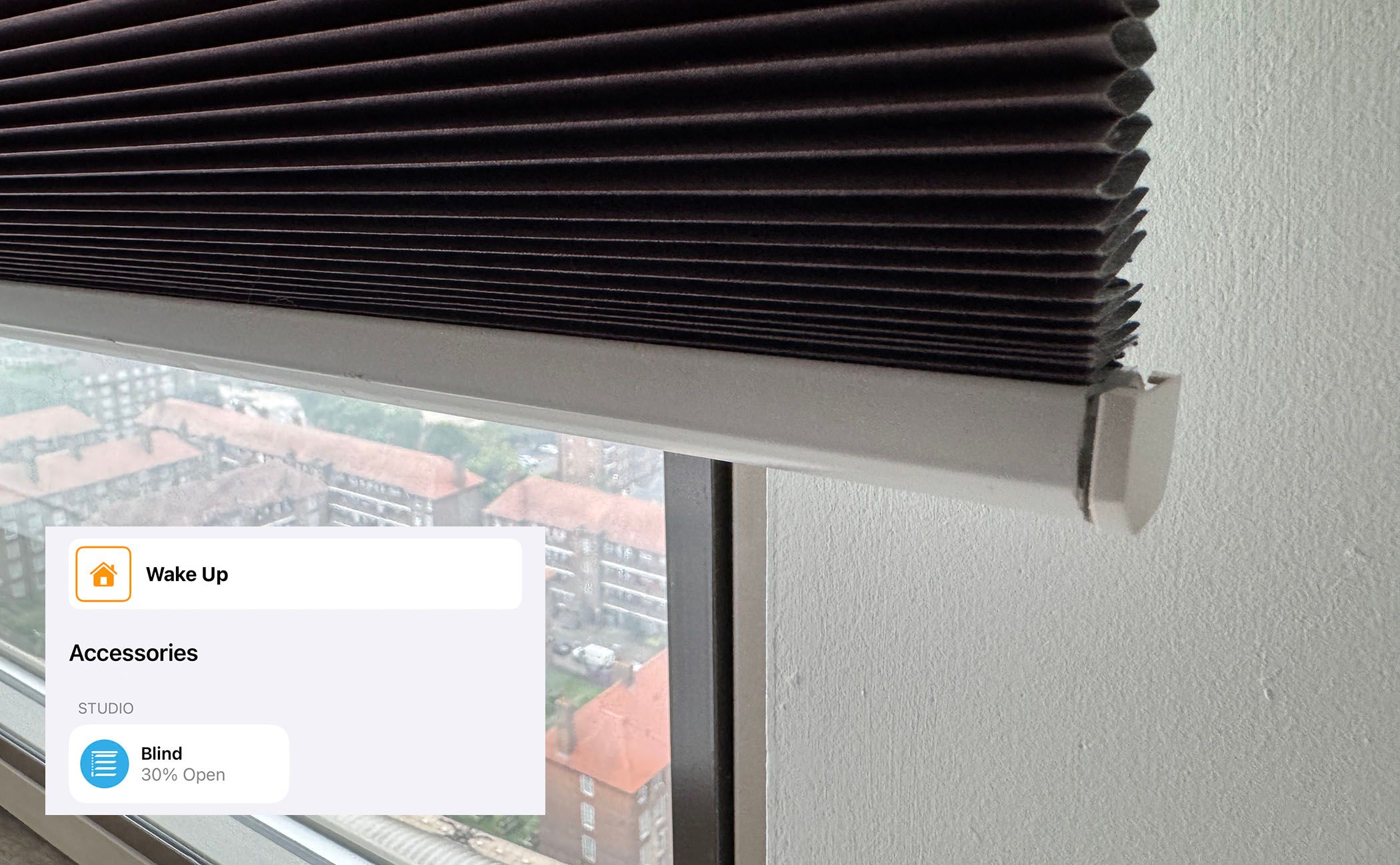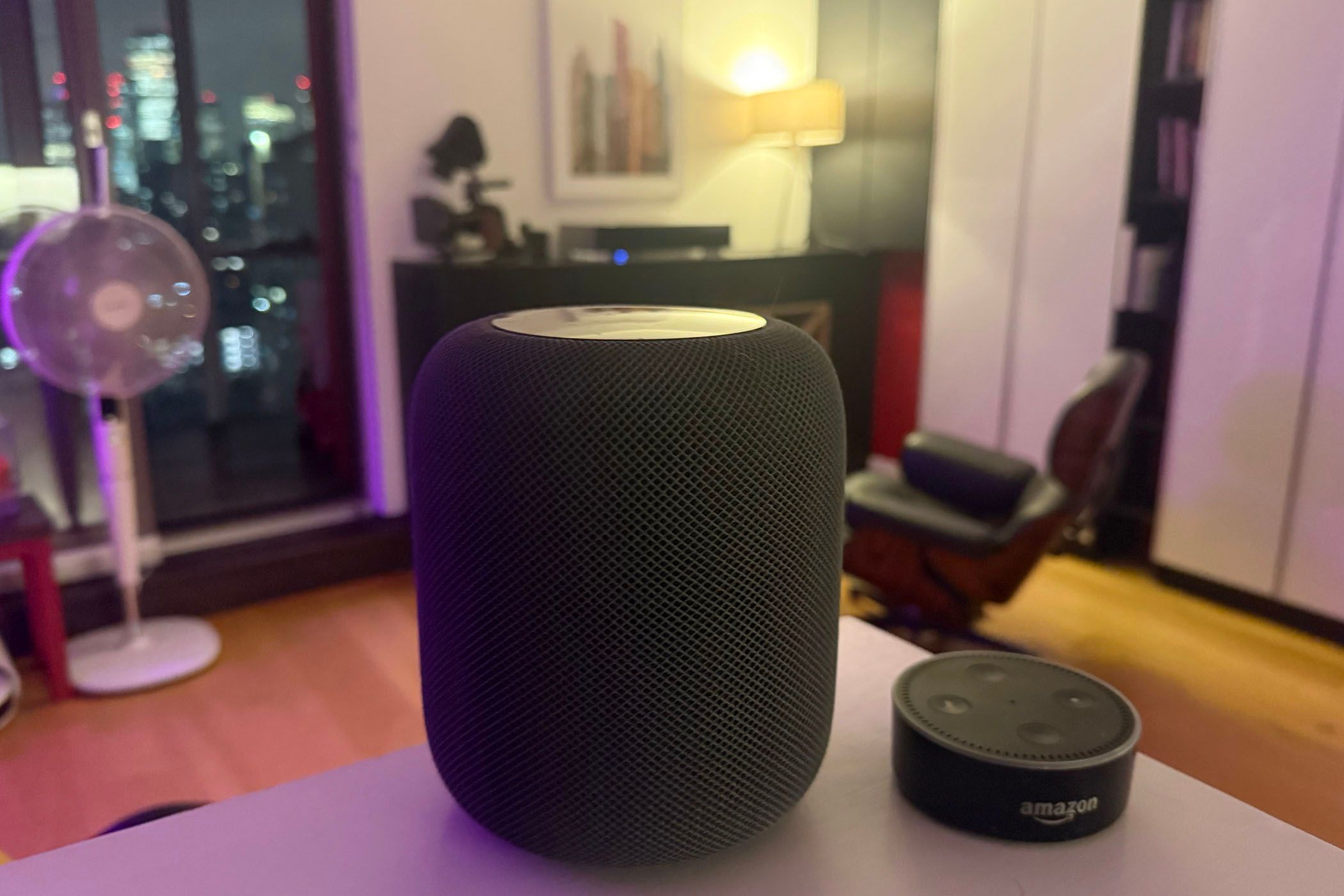Key Takeaways
- I’m rejecting the easy approach to achieve greater power and flexibility.
- Even relatively similar homes have differences that can benefit from new setups, so I’m keen to avoid accepting compromises due to a reliance on existing tech.
- I’m using a new start as an opportunity to switch from HomeKit to Home Assistant as my platform.
Moving home is stressful and time-consuming, and starting your smart home setup from scratch only adds to the list of things to do. Despite this, I’m grabbing the bull by the horns and taking the opportunity to build a more customized, flexible, and powerful setup.
I’m Rejecting the Easy Approach
The easiest approach would be to fool my devices into not realizing they’ve moved home. Give the new wireless router the same SSID and password as the old one, label each room with the same name, and put the same devices in each.
In principle, that should make for a completely seamless experience, with everything working exactly as it did. However, I’ve decided against that for several reasons.
All Homes Are Not the Same
First, all homes are not the same. I live in central London where apartments are small, so it isn’t like I’m gaining extra rooms. But even seemingly trivial differences in layout can impact smart home setups, both directly and indirectly.
One example of a direct impact is the hallway. In my existing home, that’s a windowless corridor with the bedroom at one end and the living room at the other. When switching rooms, my scenes include switching on hall lighting to illuminate the corridor. In my new home, the living room and bedroom are connected by a short and window-lit section of hallway. Switching on lighting in my destination room will provide all the illumination needed.
Decor choices can also have implications. I’m not a fan of the main light fitments in my new home, and since I have to replace them anyway, I’m going with a different approach—namely, installing coving along the upper walls with hidden strip lighting, supplemented by a single table lamp. That means I’ll need to create completely new lighting scenes.
Nor Is the Way We Use Them
In my existing apartment, the layout meant that it was difficult to have a desk in the living room without it feeling like I was in an office after work. For that reason, I currently combine a bedroom and home office: I have a Murphy Bed that folds up into a wall, effectively transforming into an apparent cupboard. That separates work from home but does have the downside of a visible desk in the bedroom.
The layout of my new apartment is quite different, so it’s really easy to position a desk in such a way that it’s not in the sight-lines of the living room seating. That means that the way I’ll transition from desk to living room seating to bedroom will be quite different, and will require a new approach to the scenes I use to switch between them.
Reconsidering What I Want From a Smart Home
There’s another factor too. A new start provides an opportunity to think afresh about what I actually want from a smart home now.
Yes, I’ve made changes from time to time, but there’s an inevitable inertia imposed by an existing setup. Given how interconnected everything is, changing one element likely involves changing another. Sometimes it can just feel like too much trouble for what might feel like a relatively minor improvement.
But if I’m starting from scratch, I’m not influenced by how things work today. I can think about what I really want today, rather than being biased by how I did things yesterday.
I’m also largely freed from the sunken cost fallacy; that is, thinking that because I’ve spent money on certain types of smart home devices, I need to get my money’s worth out of them. In the grand scheme of all the expenses of selling one home and buying another, discarding a bunch of smart bulbs to buy a different kind of lighting doesn’t really feel like a big deal.
Additionally, I’m leaving some things behind. In my existing apartment, I spent a rather scary amount of money on HomeKit-compatible made-to-measure blinds. In hindsight, that was a mistake. Made-to-measure means I can’t take them with me, and having so many of them means I seem to spend half my life swapping out and recharging batteries. Next time around, I’ll mostly opt for manually-operated blinds or curtains.
I say mostly because the one smart blind automation I really love is that my bedroom blind partially opens when it’s time to wake up. I set it to open about 30%, and that lets in enough light to gently wake me without being blasted by sunlight. So I’ll probably invest in a smart blind in my new bedroom, but not elsewhere in the apartment.
Finally Making the Switch to Home Assistant
I’ve glanced enviously in the direction of Home Assistant in the past. I love the incredible flexibility it allows, as well as the ability to use public APIs to integrate with data from the outside world in all kinds of clever ways.
But I’ve previously been deterred by its reputation of having a fierce learning curve, especially for someone with no Linux experience bar the occasional Terminal commands on my Mac. I especially didn’t want to mess with a smart home setup that already worked to potentially end up with one that didn’t!
Starting from scratch at least eliminates that second factor, so I’m viewing it as an investment and an opportunity. Short-term pain for long-term gain.
Fewer Voice Commands, More Automation
I’ve encountered people who argue that a smart home reliant on voice commands or button pushes isn’t a truly smart home; everything ought to be automated. That’s not a view I share myself, but I do think anything that can be automated should be.
And that’s one of the attractions of Home Assistant. It doesn’t seem to matter how niche your desire might be, there’s always a good chance someone else has wanted the same thing and found a way to do it.
For example, I have an “Office Work” scene, which sets the appropriate lighting for work: switching on my desk lighting, and setting the main office lighting to bright and cold temperature for concentration. Saying “Hey Siri, Office Work” isn’t exactly a major effort on my part, but it would be more satisfying if it were automatically triggered by me sitting down at my desk.
Home Assistant supports various forms of presence-detection, including very precise technologies like mmWave and RFID, so this ought to be achievable.
Some people will take the exact opposite approach, of course, and simply replicate their existing setup. There are no right and wrong approaches here, but for me, the benefits of starting from scratch outweigh the downsides.









